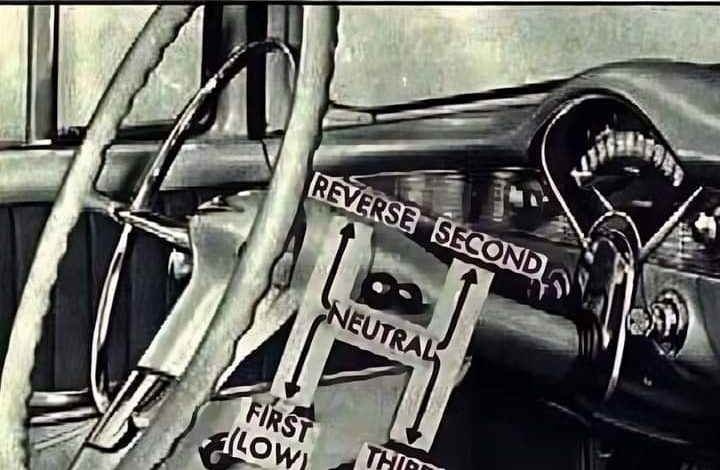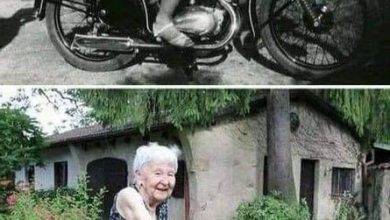
ADVERTISEMENT
Understanding “Three on the Tree” Gear Shifting
- The Gear Layout:
- In a “three on the tree” setup, the transmission has three forward gears and one reverse gear.
- The gear pattern is arranged in an “H” layout, where the driver moves the column shifter up and down to change between gears.
- Typically, the pattern includes:
- First Gear (Low): Positioned at the bottom left.
- Second Gear: Directly above the first gear at the top left.
- Third Gear (High): At the bottom right.
- Reverse: At the top right.
- Neutral is the horizontal section in the middle of the “H.”
- Clutch Pedal:
- Like any manual transmission, the “three on the tree” requires a clutch pedal. Drivers press the clutch pedal to disengage the transmission from the engine, allowing for smooth gear changes.
- Historical Context:
- The “three on the tree” was a standard feature in many American vehicles, including trucks and sedans, until the 1970s. It allowed for a more spacious front seat since the gear shifter wasn’t taking up room on the floor.
- As automatic transmissions became more popular, this manual setup began to phase out, and later models switched to floor-mounted shifters for those who preferred manual transmissions.
- Driving Skill and Nostalgia:
- Mastering a “three on the tree” required a bit of finesse and coordination, as drivers had to time the clutch and shifter movements precisely, especially when downshifting or shifting between first and reverse.
- This type of transmission is now a rare sight, and those who know how to operate one are often considered to possess a unique driving skill, as the setup is no longer common.
- Why It’s Remembered Fondly:
- For many, the “three on the tree” recalls a bygone era of driving, when operating a vehicle required more mechanical interaction.
- It also represented a more hands-on driving experience, something that many car enthusiasts appreciate in today’s age of automated and electronic transmissions.
- The term “bad ass” in the caption captures the respect and admiration people have for drivers who can operate this unique setup, as it requires skill and a sense of nostalgia for classic cars.
The Legacy and Modern Appeal
Today, classic car enthusiasts and collectors view the “three on the tree” transmission as a valuable piece of automotive history. Cars equipped with this setup are often celebrated at car shows, and the skill required to drive them is respected among vintage car aficionados. Restoring and maintaining a car with a “three on the tree” is a badge of honor for many enthusiasts, preserving a piece of driving heritage.
If you’re interested, I can expand this into a full article exploring the history, mechanics, and cultural impact of “three on the tree” transmissions in more detail!
ADVERTISEMENT




